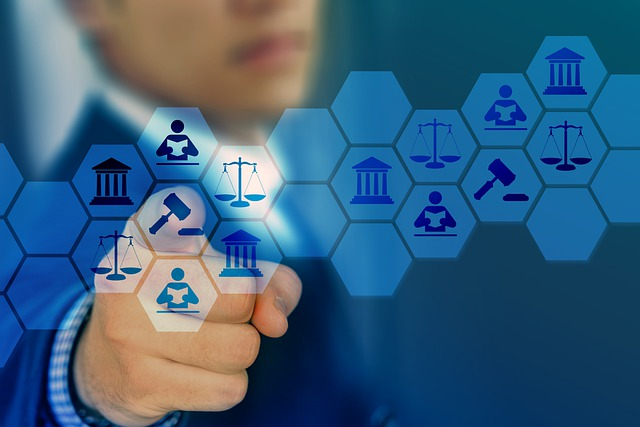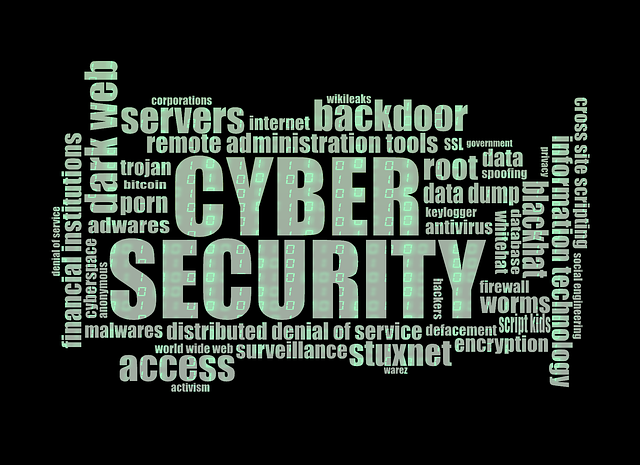Financial Services are valuable targets for cybercriminals. As the guardians of our financial information, banks hold a wealth of data that can be used to steal identities and commit other fraud.
In this blog post, we’ll take a look at the steps banks are taking to protect their customers from financial cybersecurity threats, and see how you can protect yourself against these threats.
What is Financial Cybersecurity?
Financial cybersecurity is the practice of protecting electronic financial information from theft or damage. This includes data such as credit card numbers, bank account numbers, and other sensitive information. Financial institutions, retailers, and other businesses that handle this type of data are at risk of cyberattacks.

Cyberattacks can come in many forms, such as phishing scams, malware infections, and denial-of-service attacks. These attacks can disrupt business operations, damage reputation, and lead to financial loss. That’s why it’s so important for enterprises to have robust financial cybersecurity measures in place.
Current Financial Cybersecurity Threat Landscape
Hackers and Nation-State Groups are targeting banks, credit unions, and financial firms daily.
Back in June of 2022, Flagstar Bank suffered a massive data breach, exposing over 1.5 million social security numbers. The breach was caused by a phishing attack that allowed hackers to gain access to the bank’s systems.
Cryptocurrency and firms dedicated to digital currencies have seen their fair share of cyber attacks. Hackers are using “Blockchain bridges” to find their way into the networks of crypto investors.
Blockchain Bridge
Blockchain bridges, also known as network bridges, are applications that allow people to quickly move digital assets from one blockchain to another. Hackers are exploiting vulnerabilities in the blockchain technology used by cryptocurrencies. Since the systems are largely unprotected, hackers have had an excellent payday and have created a serious growing threat.
For example, Ronin, a large cryptocurrency network, lost $540 million worth of Ethereum and USDC stablecoin. Source

Isn’t Compliance Enough to Protect Banks?
Regulatory compliance for the financial industry includes the Gramm-Leach-Bliley Act (GLBA) and the Payment Card Industry Data Security Standard (PCI DSS).
The GLBA requires financial institutions to maintain the confidentiality, integrity, and availability of customer information. The PCI DSS is a set of security standards that businesses must follow if they accept, process, store, or transmit credit card information.
While compliance with these regulations is important, it’s not enough to protect banks against financial cyber threats. The fact is, that compliance only covers a small portion of what’s needed to have robust security in place.
For example, the GLBA doesn’t require financial institutions to encrypt customer data. This means that if a hacker were to gain access to a bank’s systems, they would be able to view or steal customer information in plain text.
How Are Financial Institutes Protecting Customers from Financial Cybersecurity Threats?
The perfect technology would include a way to predict the hacker’s next steps. Luckily, banks and financial institutes are stepping up their cybersecurity game by using artificial intelligence (AI) Using AI in Cybersecurity.
Artificial intelligence can be used in a number of ways to improve cybersecurity. For example, AI can be used to detect and prevent cyberattacks and to identify patterns in customer behavior that may indicate fraud. AI can also be used to create “digital twins” of financial systems. These digital twins can be used to test new security measures before they are implemented.
Digital twins are an important tool for financial institutions, as they allow for “what if” scenarios to be played out in a safe environment. This helps banks to identify potential vulnerabilities in their systems and to make changes to mitigate the risk of attack.
What’s Next for Financial Cybersecurity?
The financial sector is under constant attack of cyber security risks from hackers and cybercriminals. As the threats evolve, so too must the defenses. Financial institutions must continue to invest in robust security measures, such as AI-powered cybersecurity solutions.
Only by staying one step ahead of the hackers will financial institutions be able to keep their customer data safe. Cybersecurity is an arms race, and the financial sector must be prepared to fight.
Artificial intelligence can be used in a number of ways to improve cybersecurity. For example, AI can be used to detect and block malicious activity, such as phishing emails and malware. AI can also be used to monitor user behavior and flag suspicious activity.
Another way financial institutions are protecting against financial cyber threats is by using biometrics. This is a form of authentication that uses physical or behavioral characteristics, such as fingerprints or voice recognition, to verify someone’s identity.
Biometrics can be used to prevent unauthorized access to devices and systems, and to protect customer data. For example, many banks now use fingerprint scanners to authenticate customers when they login to their mobile banking apps.

What Can You Do to Protect Yourself from Financial Cybersecurity Threats?
There are several things you can do to protect yourself from financial cybersecurity threats and ensure security:
- Keep your computer and mobile devices up to date with the latest security patches.
- Use a strong, unique password for each of your online accounts.
- Don’t click on links or attachments in emails unless you’re sure they’re safe.
- Don’t enter your personal or financial information on websites unless you’re sure they’re secure.
- Use a security app or browser extension to protect your online activity.
- You should also keep an eye on your credit report and bank statements for signs of fraud or identity theft. If you notice any unusual activity, contact your bank or credit card company immediately.
By taking these precautions, you can help to protect yourself against financial cyber threats.
Financial Cybercrime Impact on Enterprise
Financial data breaches have cost enterprises billions of dollars in recent years. In the United States, the Ponemon Institute estimates that the average cost of a data breach is now $7.35 million, up from $6.5 million in 2016. And these costs are not limited to large companies. In fact, the 2017 State of SMB Cybersecurity report found that small businesses (those with fewer than 250 employees) are even more likely to experience a data breach than larger businesses.
The reasons for this are many and varied, but the main drivers are typically negligence on the part of employees, lack of preparation for a breach, and insufficient security measures. And the impact of a data breach can be devastating for a business. Not only can it lead to lost revenue and increased expenses, but it can also damage a company’s reputation and customer base.
In order to protect themselves against financial cybercrime, enterprises need to take a holistic approach to cybersecurity. This includes investing in robust security solutions, educating employees about cyber threats, and establishing policies and procedures that will help to mitigate the risk of a breach.
By taking these steps, enterprises can help to protect themselves against financial cybercrime and keep their data safe.
Conclusion
Financial cybersecurity is a critical issue for enterprises today. With the ever-growing importance of digital commerce, businesses need to be aware of the dangers posed by cyberattacks and take steps to protect themselves. This includes investing in cybersecurity insurance, implementing strong anti-malware protections, training employees on how to spot attacks, and regularly testing defenses. By taking these measures, enterprises can significantly reduce their risk of suffering a financial cyberattack.



